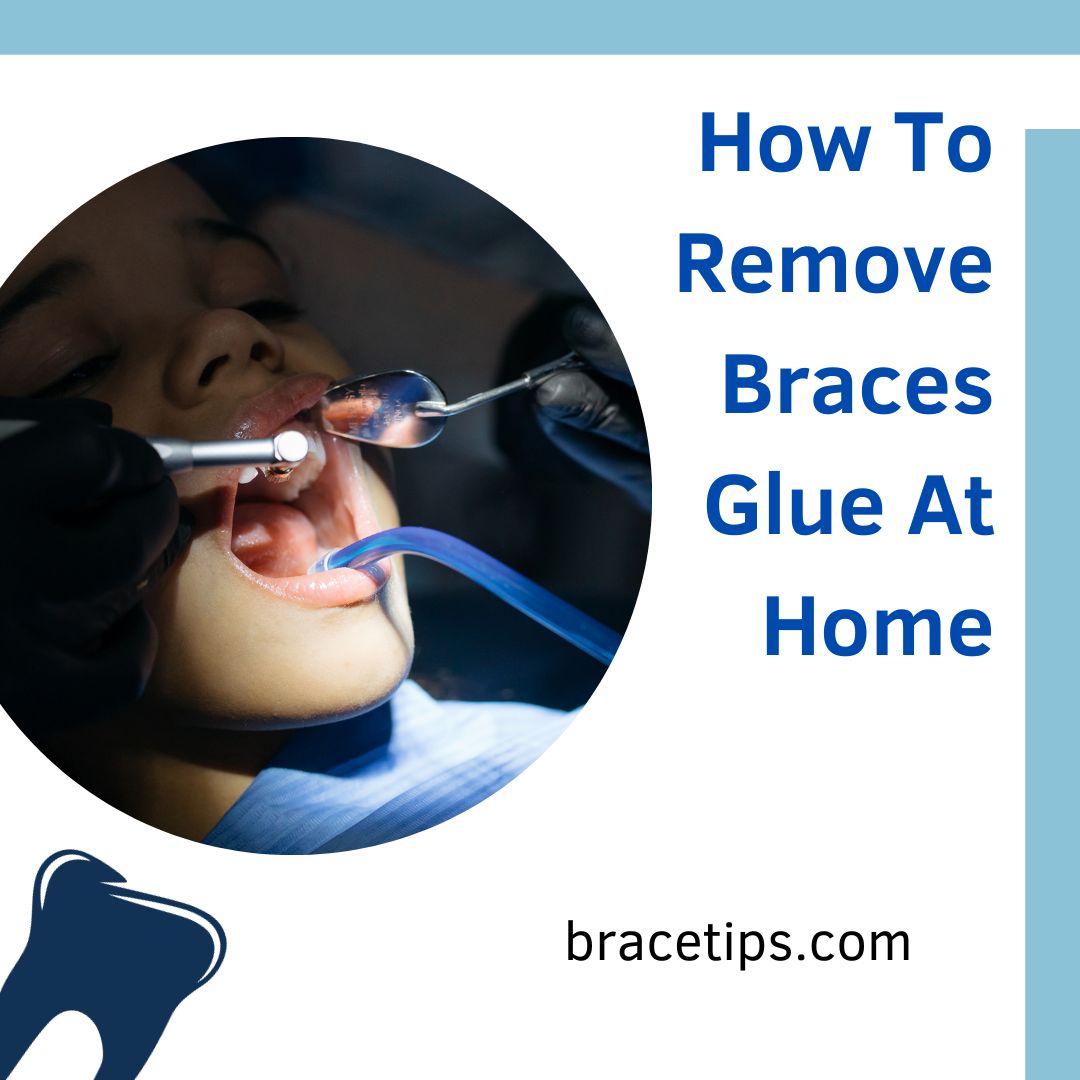How To Remove Braces Glue At Home
Removing braces glue at home requires careful consideration and the right techniques to ensure safety and effectiveness. As exciting as it is to have your braces removed, the lingering glue on your teeth can be bothersome. Braces at the end of orthodontic treatment is an exciting moment, but dealing with the residual glue can be a challenge. While it’s generally recommended to have a professional handle brace removal, there are safe methods to remove residual glue at home. However, it’s crucial to proceed with caution and understand the risks associated with this process. This comprehensive guide will delve into the safe methods, potential risks, and techniques to effectively remove braces glue residue from teeth.
Can You Safely Remove Braces at Home?
Removing braces at home is not advisable without professional guidance. However, the braces glue removal process can be attempted at home if approached cautiously and with the right tools and knowledge. Removing braces at home involves dealing with residual orthodontic glue, which can be challenging without proper tools and expertise. While it’s possible to remove the glue using household items, it’s not recommended without professional guidance. Attempting to remove the glue without the necessary knowledge or tools may lead to enamel damage, tooth sensitivity, or incomplete removal of the adhesive, causing oral health issues.
Risks Associated With Removing Braces at Home
Removing braces or their glue at home poses potential risks, including damaging teeth enamel, causing gum irritation, or leaving residual adhesive on the teeth surface. It’s highly recommended to consult with a professional orthodontist for safe and effective glue removal. Attempting to remove braces glue at home poses various risks, including:
1. Enamel Damage:
The adhesive used in braces contains strong bonding agents that can damage the tooth enamel if not removed correctly.
2. Incomplete Removal:
Removing the glue partially can leave residue, leading to bacterial buildup and potential oral health problems.
3. Tooth Sensitivity:
Aggressive removal techniques might cause tooth sensitivity and discomfort.
Why Your Braces Shouldn’t Be Removed at Home
Professional orthodontists possess the expertise and tools necessary for safe and efficient brace removal. Attempting to remove them at home increases the risk of complications and may affect the final outcome of your orthodontic treatment. Professional orthodontists possess the expertise and tools required for safe and efficient brace removal. They have specialized equipment and techniques to ensure minimal residue and avoid any damage to your teeth. Attempting to remove braces at home lacks these essential elements, risking potential harm to your oral health.
Understanding Braces Glue Residue
Braces glue residue, also known as orthodontic adhesive, is a durable bonding material used to attach brackets to teeth during orthodontic treatment. This adhesive is strong and requires specific methods for safe removal to avoid causing harm to the teeth or surrounding tissues. Braces glue residue typically remains on teeth after the brackets are removed. This residue is a mixture of bonding agents and adhesive materials that require careful removal to restore the teeth’s natural appearance. The glue used in orthodontic treatments is designed to be durable and long-lasting, ensuring that the brackets stay in place throughout the treatment duration.
How to Remove Your Braces
The braces removal process involves:
1. Assessing Readiness
Premature removal might result in incomplete correction of teeth alignment.
2. Professional Assistance
Consult your orthodontist or dentist for proper guidance on braces removal. They will utilize specialized tools and techniques to safely detach the brackets and eliminate adhesive residue.
3. Home Removal Techniques (Under Professional Supervision)
If guided by a professional, home techniques might include using dental floss, adhesive removers, or dental tools like a scaler to gently scrape off residual adhesive.
4. Use a Dental Scaler or Plastic Scraper
Carefully scrape off any remaining adhesive using a dental scaler or plastic scraper. Use gentle, controlled movements to avoid harming your teeth.
5. Soften the Glue
Apply a small amount of orthodontic wax or dental silicone over the residual glue to soften it. This helps make the removal process easier.
How Long Does It Take to Remove Braces?
The duration for braces removal varies based on individual cases. Professional removal can typically take 30 minutes to an hour, whereas at-home techniques might require more time due to the cautious approach needed. The time required to remove braces glue at home can vary based on the amount of residue and your meticulousness during the removal process. On average, it might take anywhere from 30 minutes to an hour to complete the removal procedure.
What Is the Braces Removal Process?
The process involves detaching the brackets using specialized pliers and tools, followed by careful elimination of adhesive residue without causing damage to the tooth surface. The process of removing braces involves carefully detaching the brackets from teeth and then addressing the residual glue. Orthodontists use specialized tools and techniques to ensure safe and efficient removal.
Can I Remove Braces Glue at Home?
While it’s not recommended to remove braces entirely at home. While it’s technically feasible to remove braces glue at home. It’s highly advised to seek professional help to ensure safe and effective removal without risking damage to your teeth.

